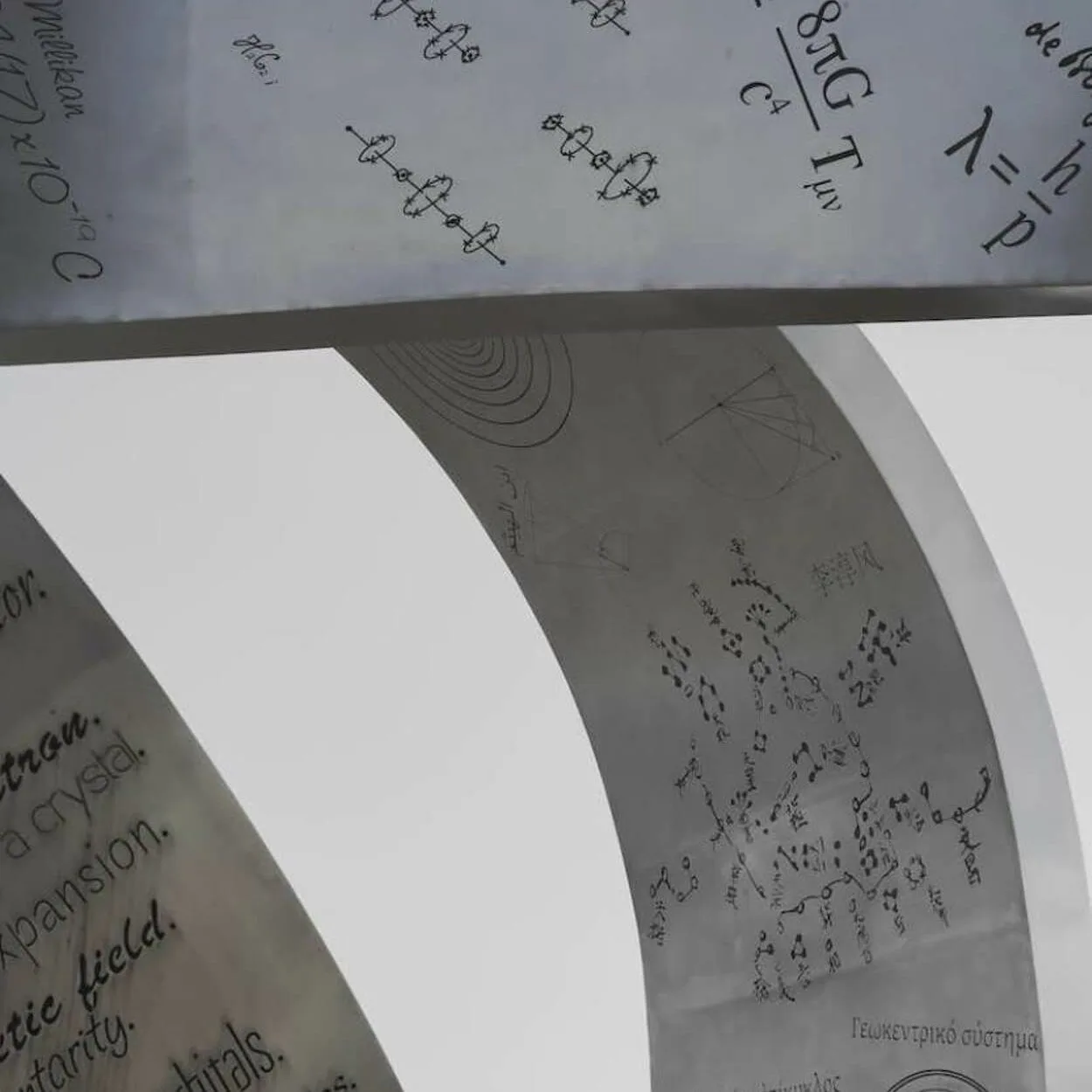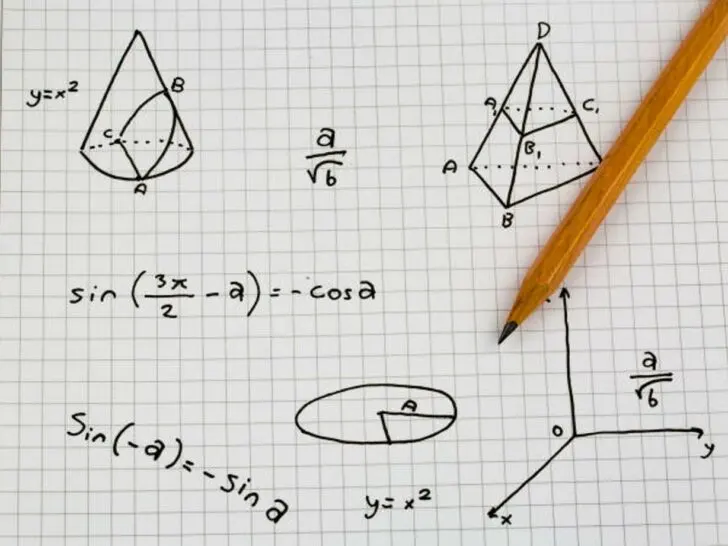Mathematics is a branch of science that studies numbers, quantities, shapes, and their relationships. It is a language of logic used to describe and explain the physical world and solve problems in many fields, such as physics, engineering, computer science, finance, and economics.
Mathematics is essential for several reasons as it provides a framework for understanding and modeling complex phenomena, from the movement of planets and the behavior of particles to the flow of fluids and the spread of disease. It is essential for technological progress, as it underpins many modern technologies, such as cryptography, digital communication, and artificial intelligence.
Velocity is a vector quantity with a direction and magnitude. The velocity vector indicates the direction in which the object is moving. Magnitude is often represented by a scalar quantity, which has only a magnitude but no direction; the speed of an object is the magnitude of the velocity.
Learn more about velocity and magnitude as we distinguish their differences in this blog post.
What is Velocity?
Velocity is a physical quantity that describes the rate at which an object or thing fluctuations its position over time. It is a vector measure, which means it has both magnitude and direction.

Mathematically, velocity can be calculated as the change in displacement (change in position) divided by the change in time. In other words, if an object travels a distance of “d” in a time “t,” its velocity can be calculated as:
velocity = displacement / time = d/t
Meters per second (m/s), kilometers per hour (km/h), or miles per hour are the SI units of velocity (mph). It is important to note that velocity differs from speed, which only considers the magnitude of the motion and not the direction.
How Can We Calculate Velocity?
The formula for calculating velocity is:
Velocity = distance/time
Where “distance” is the displacement of the object (i.e., the change in its position), and “time” is the duration of the motion.
For example, if a car travels 50 kilometers in 2 hours, the velocity of the car can be calculated as:
- Velocity = 50 km / 2 hours
- Velocity = 25 km/h
Therefore, the car travels at an average velocity of 25 kilometers per hour.
Changes in Velocity
Velocity can change in several ways including:
- Acceleration: When an object’s velocity increases over time, it is said to be accelerating. Acceleration can be caused by gravity, friction, or propulsion.
- Deceleration: When an object’s velocity decreases over time, it is said to be decelerating. The slowdown can be caused by forces such as friction or air resistance.
- Changing direction: When an object changes direction, its velocity also changes. It can happen when an object moves in a curved path or collides with another object.
- Uniform motion: When an object’s velocity remains constant over time, it is said to be in uniform motion. It can happen when the thing moves continuously in a straight line, with no forces acting on it.
Changes in velocity are essential in many areas of physics, including mechanics, kinematics, and dynamics. They understand how velocity changes can help us predict objects’ motion and design more efficient machines.

Types of Velocity
There are several types of velocity, each of which describes a different aspect of an object’s motion. The main types of velocity are as follows.
Instantaneous Velocity
It is an object’s velocity at a specific moment in time. It is calculated by taking the derivative of an object’s position concerning time.
Average Velocity
It is the average velocity of an object over a specified period. It is calculated by isolating the modification in an object’s position over that time by the elapsed time.
Displacement Velocity
It is the velocity of an object relative to a fixed reference point. It is calculated by dividing the displacement of an object from that reference point by the elapsed time.
Terminal Velocity
It is the constant velocity that an object reaches when the drag force acting on it is equal to the point of gravity. Terminal velocity depends on the object’s size, shape, weight, density, and viscosity of the surrounding fluid.
What is Magnitude?
In mathematics, magnitude refers to the size or absolute value of a number, vector, or complex number.
For real numbers, the magnitude is the distance from zero on the number line. The magnitude of an actual number x can be represented as |x|, where the vertical bars indicate absolute value. For example, the magnitude of -5 is |-5|, equal to 5.
For vectors, the magnitude is the length of the vector, which can be calculated using the Pythagorean theorem. The magnitude of a vector v in two-dimensional space can be represented as |v|, where |v| = sqrt(vx^2 + vy^2), where vx and vy are the vector components in the x and y directions, respectively.
In three-dimensional space, the magnitude of a vector can be calculated using a similar formula involving the vector’s x, y, and z components.

The magnitude is the distance from the origin on the complex plane for complex numbers. The magnitude of a compound number z can be represented as |z| = sqrt(a^2 + b^2), where a and b are the fundamental and invented portions of the complex number, correspondingly.
The concept of magnitude is vital in many areas of mathematics, including geometry, linear algebra, calculus, and complex analysis. It is often used to calculate distances, angles, and change rates and define critical mathematical properties such as norms, spaces, and metrics.
Find the Magnitude of a Simple Number
To find the magnitude of a simple number, you need to determine the number of digits in the number.
If the number is a positive integer, the magnitude is equal to the number of digits in the integer. For example, the importance of the number 123 is 3 because it has three digits.
If the number is a decimal, the magnitude is equal to the number of digits to the left of the decimal point. For example, the magnitude of the number 0.045 is 1 because it has one digit to the left of the decimal point.
If the number is negative, you can take the magnitude of the total value of the number (i.e., the number without its negative sign). For example, the importance of the number -456 is the same as that of the number 456, which is 3.
Note that the magnitude of a number does not consider its sign or value but only its size as measured by the number of digits.
Types of Magnitude
In mathematics, there are different types of magnitudes, conditional on the situation in which they are used. Some common types of magnitude include the following:
1. The magnitude of a number
In mathematics, magnitude refers to a number’s absolute value or size. For example, the magnitude of -5 is 5, and the magnitude of 7 is 7.
2. The magnitude of a complex number
In complex analysis, the magnitude of a composite number is its distance from the basis in the complex plane. The magnitude of an alarming number a + bi is given by |a + bi| = √(a^2 + b^2).
3. The magnitude of an angle
In trigonometry, the magnitude of an angle is its absolute value or size and is usually measured in degrees or radians.
4. The magnitude of a matrix
In linear algebra, the magnitude of a matrix is often referred to as its norm and is a way of measuring the size of the matrix. Different matrix norms exist, such as the Frobenius norm, the 1-norm, the infinity norm, and others.

Difference Between Velocity and Magnitude
| Magnitude | Velocity |
| Magnitude denotes the dimensions or amount of a physical quantity, such as the size of a force or the length of a vector. | Velocity is the proportion at which an object or body changes its position in a particular direction. |
| Magnitude is usually represented by a scalar quantity, which has only a magnitude but no direction. | Velocity is a vector amount with equal magnitude (speed) and direction. |
| It is calculated using the Pythagorean theorem. For example, the magnitude of the vector (3,4) is √ (3^2 + 4^2) = 5. | For example, if a car travels 60 miles per hour due north, its velocity would be 60 mph. |
| The formula for velocity is: Velocity = displacement/time Where displacement is the change in the position of an object over a certain period, and time is the duration of that period. | The magnitude of a complex number a + bi is its distance from the origin in the complex plane and is given by: |a + bi| = sqrt(a^2 + b^2). |
Is Magnitude Equal to Velocity?
Magnitude is not equal to velocity, although velocity has a magnitude component.
Which Has a Higher Value: Velocity or Magnitude?
Velocity and magnitude are not directly comparable as they are representing different physical quantities.
Magnitude refers to the numerical value or size of a physical amount, such as the length of a vector, the intensity of a force, or the speed of an object.
Conversely, velocity is a vector quantity that describes the degree to which an object changes its position concerning time and has both magnitude and direction.
Conclusion
- The main difference between magnitude and velocity is that magnitude refers to a physical quantity’s size or absolute value.
- In contrast, velocity refers to the rate of change of an object’s position over time and includes both a magnitude and a direction.
- Magnitude usually refers to the size or strength of a physical quantity, such as a force, a vector, or a complex number. Velocity is a vector quantity that describes the rate of change of an object’s position concerning time.
- Magnitude is a scalar quantity, which means it only has a magnitude or size and does not have a direction. The direction or path of a velocity is the path in which the object is moving.

